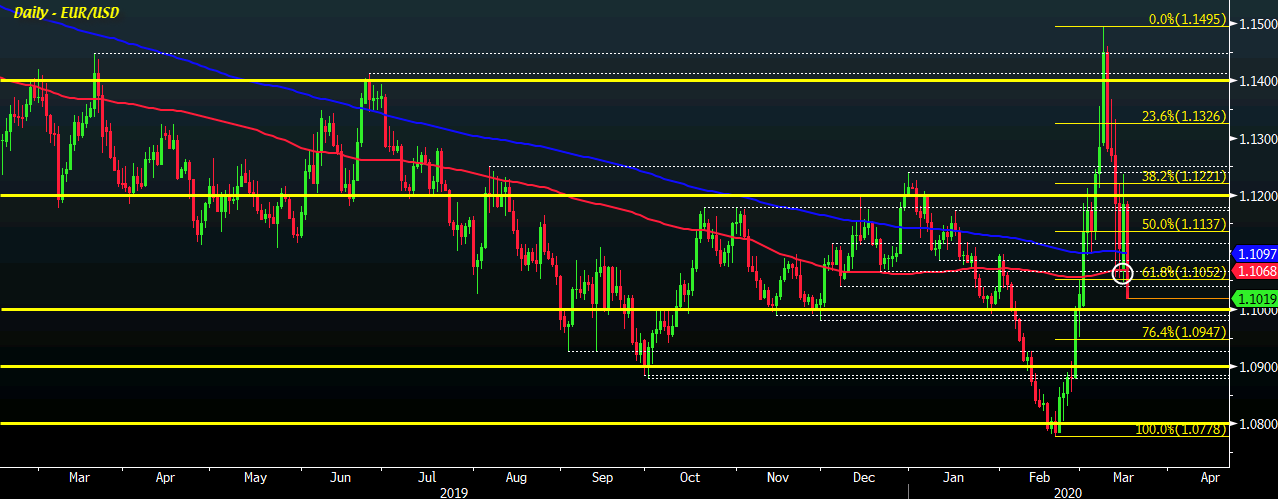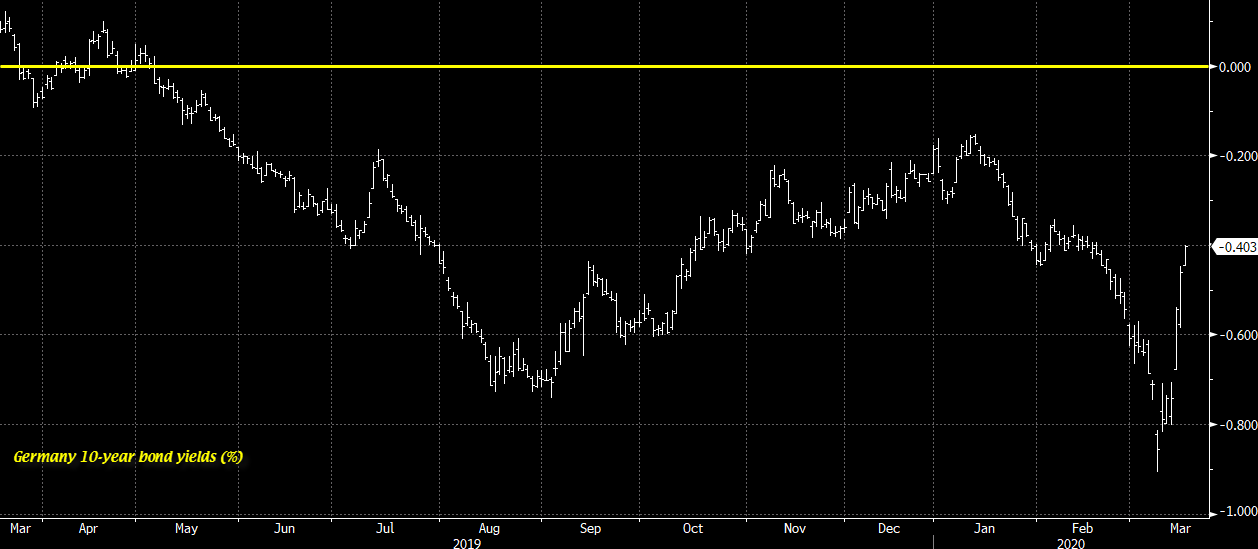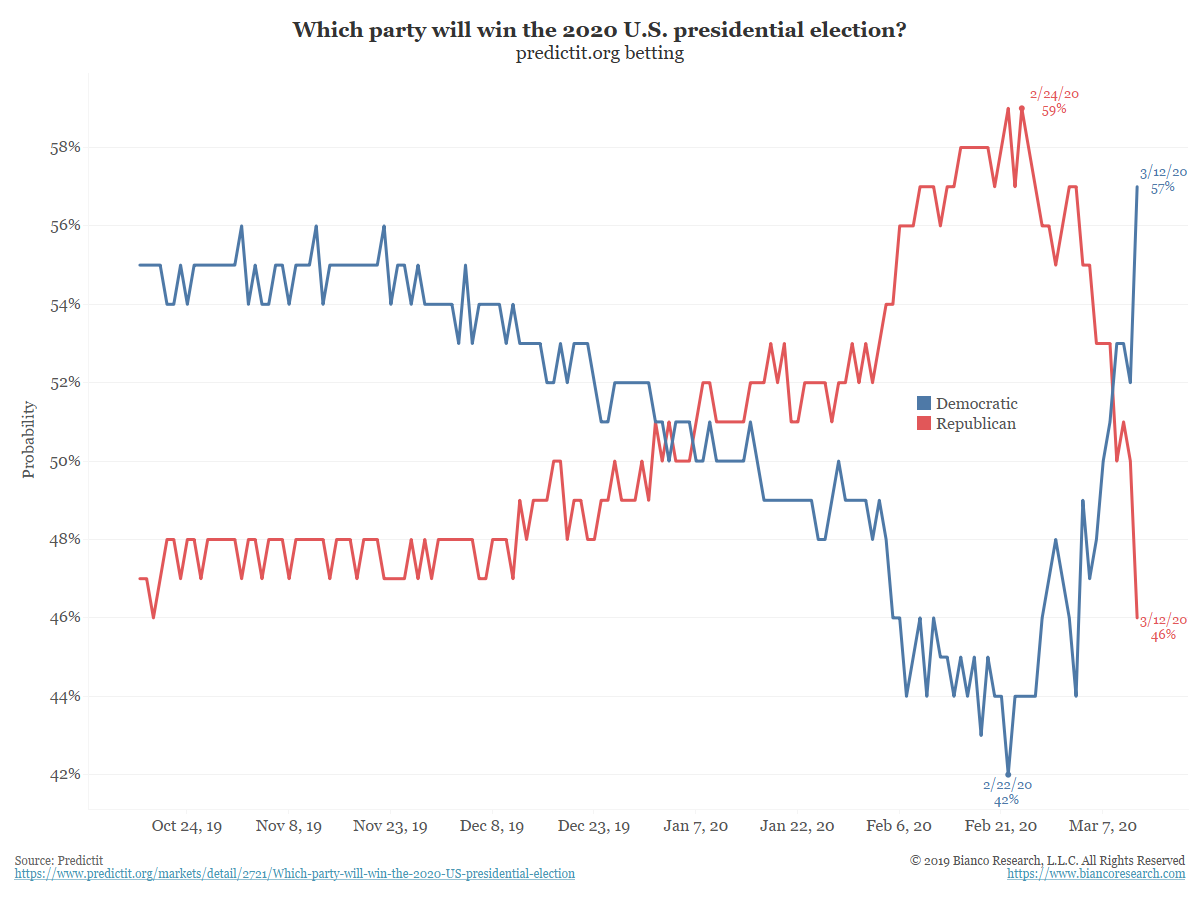The collapse of the airline industry is unprecedented

I’m shocked by the speed of the crunch in the airline industry. The US is preparing a $50 billion package for its airlines and it appears virtually every airline is on its knees.
It’s a complete and sudden stop in the industry but I would have imagined they could weather at least a few weeks of this.
IATA says three-quarters of airlines have cash to cover less than 3 months of non-avoidable fixed costs.
Two things to think about:
- The bailout for airlines sets the bar for other industries
- Airlines might not be the only businesses with far less cash and liquidity than we thought





